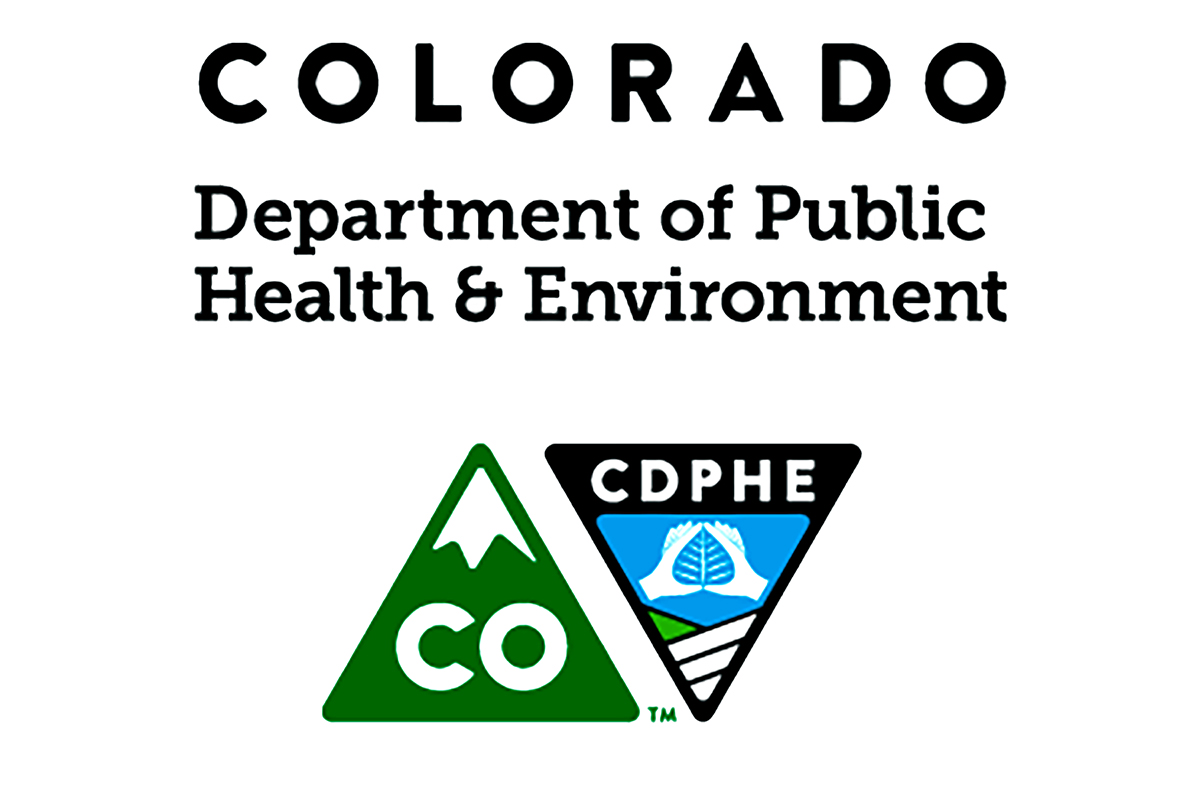The Centers for Disease Control and Prevention (CDC) has published additional options to reduce the length of quarantine, while continuing to recommend a full 14-day quarantine as the most effective way to reduce disease spread. CDC and CDPHE continue to recommend a full 14-day quarantine as the ‘gold standard.’ CDPHE will be updating its guidance to explain when other, less protective options might be appropriate.
A quarantine could only be shortened in the following situations:
- If exposed people do not develop symptoms, they may be released from quarantine after completing day 7 if they have a negative molecular or antigen test collected within 48 hours of ending quarantine. The test should be collected at least 5 days after their exposure.
- People may stop quarantining after completing 10 days of quarantine without a test if they do not develop any symptoms.
- Under no circumstances should the quarantine duration end before seven days have fully passed.
“We need everyone to do everything possible to avoid all in-person interactions with people they don’t live with, whether they’ve had a known exposure to COVID-19 or not. The risks are too high right now with 1 in 41 Coloradans infected.
The additional quarantine options provided by CDC give the public more flexibility on quarantining, which is sometimes necessary to sustain the response, allowing folks to do essential activities. But the gold standard remains to be a 14-day quarantine after any possible exposure,” said Rachel Herlihy, state epidemiologist, CDPHE.
While people may leave quarantine earlier, if they follow these additional safety precautions, they should continue to monitor themselves daily for symptoms of COVID-19 for a full 14 days. Some people may not get sick until 14 days after their exposure. That is why it is also important to wear a mask and keep physical distance (at least six feet) from others.
Symptoms may appear 2-14 days after exposure to the virus. People with these symptoms may have COVID-19:
- Fever or chills.
- Cough.
- Shortness of breath or difficulty breathing.
- Fatigue.
- Muscle or body aches.
- Headache.
- New loss of taste or smell.
- Sore throat.
- Congestion or runny nose.
- Nausea or vomiting.
- Diarrhea.
The new quarantine options also advise people to wait at least five days after their exposure date before getting tested, unless symptoms develop. Testing immediately after exposure isn’t helpful because it may be too early in the incubation period, and there isn’t enough viral material for the test to detect.
Follow the instructions on how to quarantine after exposure to prevent further transmission.
Anyone with symptoms should get tested as soon as possible, stay away from others, and follow the instructions on how to isolate. Isolation is different from quarantining and is for people who are ill.
We appreciate Coloradans’ patience while we update our webpages and guidance documents to explain the additional options provided by the CDC. Continue to stay up to date by visiting covid19.colorado.gov.

